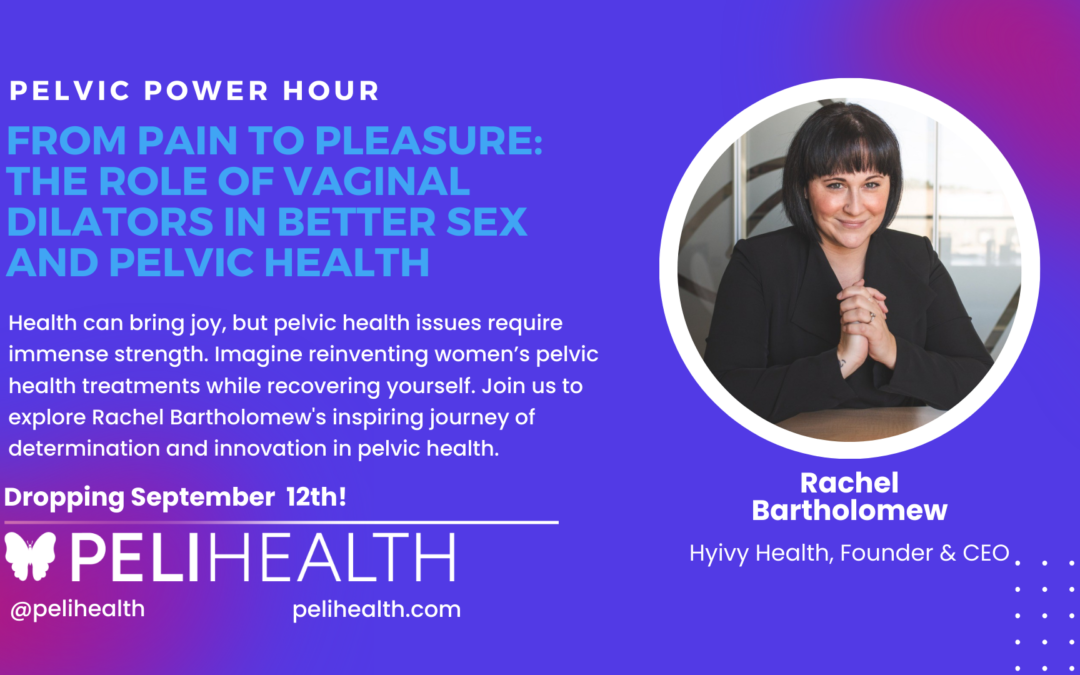In our modern hustle, where sitting at our desk for prolonged periods is the norm, our health takes a hit, especially the often-overlooked pelvic floor, and the results can be quite eye-opening. Not many of us fully understand how sitting for long periods of time affects this vital part of our core, it’s essential to understand the cumulative impact of prolonged inactivity on our well-being.
Mobility, Tightness, Weakness, and Stress: Unraveling the Effects on the Pelvic Floor
All the hours spent in sedentary positions contribute to a lack of mobility, tightness, weakness, and stress. This combination pulls the pelvis out of alignment, impairing the pelvic floor’s ability to maintain proper support and functionality. The repercussions of this misalignment extend beyond immediate discomfort to affect the pelvic floor’s long-term health.
The chairs designed for modern life inadvertently exacerbate the issue. Most contemporary chairs encourage sitting on the back of the pelvis rather than the crucial ‘sitting bones.’ This misplaced support places undue stress on the back muscles and spine while tightening the pelvic floor muscles.
The Unseen Toll of Prolonged Sitting: Hours in a Static Position
Consider this scenario: sitting for 8 hours a day, 5 days a week, for roughly 47 weeks in a year accumulates to a staggering 1880 hours in one static position. This prolonged immobility isn’t easily offset by sporadic bursts of movement. The toll on the body becomes evident when, after extended periods of sitting, you rise only to feel the strain in your back or shoulders. Perhaps you experience a foggy-headed sensation or notice a twinge in your knee, all of which may exacerbate pelvic floor symptoms.
Connecting the Dots: Prolonged Sitting, Posture, and Pelvic Floor Dysfunction
Poor posture while sitting contributes significantly to the challenges faced by the pelvic floor. The alignment of your body plays a pivotal role in determining the strength of muscles, stability, and the strain imposed on your neck, back, and pelvic floor. Unfortunately, many individuals exhibit poor posture, often leaning forward or hunching over while seated. This tilts the pelvis forward, intensifying the downward pressure on pelvic muscles and shortening both pelvic floor and abdominal muscles.
The repercussions of prolonged sitting include:
- Pelvic floor dysfunction
- Pelvic organ prolapse
- Back, spine, and neck problems
- Damage to internal organs
- General pelvic pain
- Loss of bladder and bowel control (incontinence)
Preventing Pelvic Floor Damage: Taking Proactive Measures
While the ubiquity of sitting may seem unavoidable, taking proactive measures can mitigate its detrimental effects on the pelvic floor. Incorporate the following strategies into your routine:
- Avoid Prolonged Sitting: Aim to stand or move every 30 minutes during extended periods of sitting, and never sit continuously for more than 2 hours.
- Stretch Regularly: Alleviate tension by incorporating stretching breaks every 30-45 minutes while sitting.
- Maintain Good Posture: Roll your shoulders back, squeeze shoulder blades together, and consider sitting on an exercise ball for improved alignment.
- Stand Whenever Possible: Utilize opportunities to stand, whether through a standing desk or breaks during work.
- Stay Active: Engage in exercises that promote overall health, avoiding activities that strain the pelvic floor.
- Kegel Exercises: Strengthen pelvic floor muscles with regular Kegel exercises to improve muscle tone.
- Use Incontinence Products: If incontinence is a concern, manage symptoms with products like bladder control pads.
- Consult a Physical Therapist: Seek professional advice for pelvic or back pain, even considering virtual sessions if necessary.
By understanding the intricate relationship between prolonged sitting and pelvic floor health, we can adopt proactive measures to preserve our well-being in an era where our sedentary lifestyles often take center stage.
Disclaimer:Pelvic issues are serious conditions and should be treated accordingly. Peli Health’s attempt at making the tone funny is to lighten the mood and help the reader feel more relaxed when reading about this subject. We are not medical doctors. We do not diagnose illness. The information on this site is provided for educational and informational purposes only and is not intended or implied to be a substitute for professional medical advice, diagnosis, or treatment. nor does it constitute providing medical advice or professional services. Always seek the advice of your doctor or other qualified health provider regarding a medical condition


